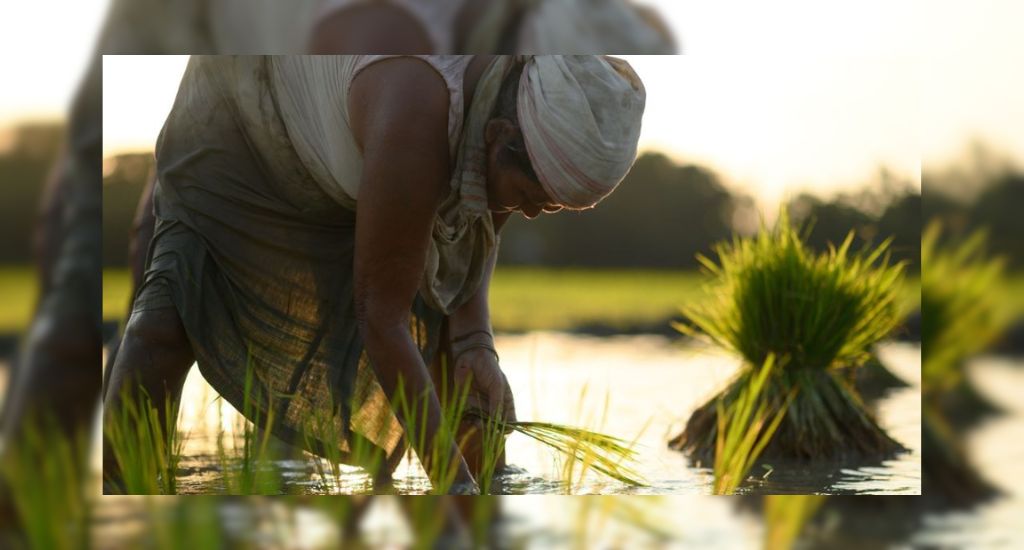
Women farmers go extra mile in Assam
Undeterred by lack of recognition, women farmers equip themselves with new skills to earn more by increasing productivity and growing additional crops in Darrang district of Assam.

Undeterred by lack of recognition, women farmers equip themselves with new skills to earn more by increasing productivity and growing additional crops in Darrang district of Assam.
Development is yet to reach Darrang district of Assam – the land of blue hills and red river. Just like many other places in the country, most of the families in this district are dependent on agriculture.
The adage ‘agriculture is the backbone of the Indian economy’ highlights the crucial role that the farm sector plays in upholding the country’s well-being. Around 60 percent of India’s population is engaged in agriculture, contributing roughly 18 percent to the nation’s gross domestic product (GDP).
In rural India, nearly 80 percent of women are actively involved in agriculture, accounting for 48 percent of the self-employed farmers in India. They produce 60-80 percent of the country’s food. Yet their role has remained unrecognised and unpaid, with women traditionally being tagged as grihini (homemaker) while men are called khetiyok or farmer. In Darrang too women actively work in the fields on par with men.
“I’ve been into farming for years now,” Lalita Nath, a woman farmer, said. “Once I send my children off to school, I head straight to the fields. There were times when we’d cook and have lunch there itself.”
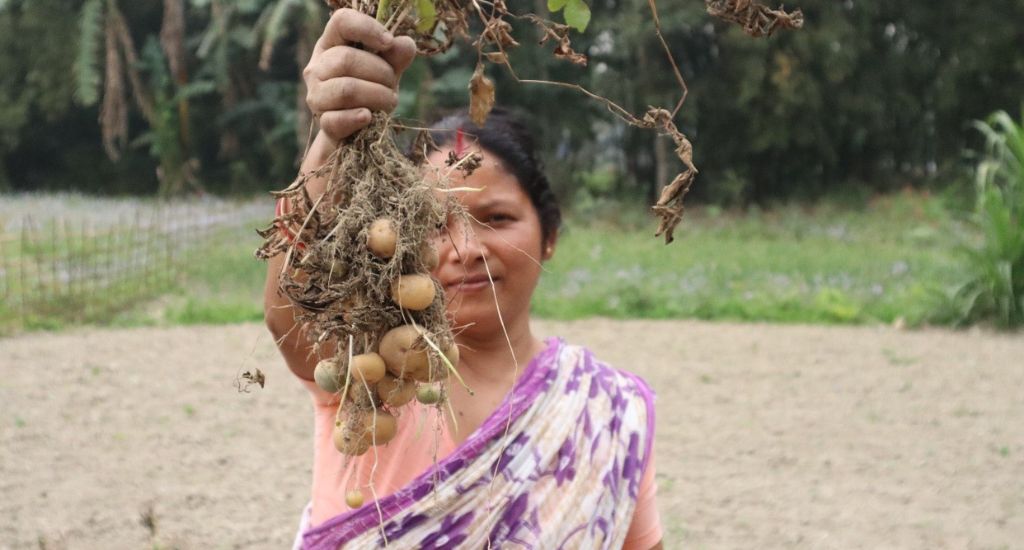
Women here shed their sweat in the fields just like men do, to reap the golden harvest.
“We join forces with men to work on the farm. Still no one acknowledges us as farmers,” said 35-year-old Manima Baro. “We plant saplings as well as harvest paddy.”
According to M S Swaminathan, the renowned agricultural scientist called the chief architect of the green revolution in India, it was the woman who first domesticated crop plants, thereby initiating the science of farming.
Also Read: The dangerous state of women farmers
“I can’t recall since when I’ve been engaged in agriculture,” said Satarupa Bordoloi, a resident of Udmari, a small village in Darrang district.
The paddy season in Assam brings the familiar sight of women involved in sowing and harvesting the crop. When the earthy aroma of muddy fields lingers in the air, the graceful sight of women planting rice saplings in the wet soil adds to the beauty of the landscape.
Farming in most villages in Darrang district is based on traditional methods, which often fail to yield enough returns to the farmers.
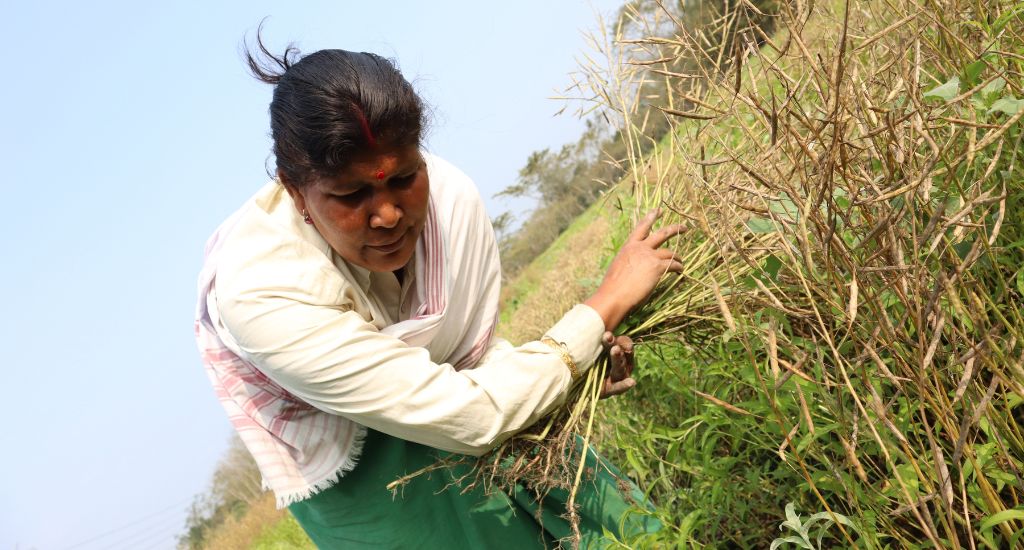
“Current farm practices often lead to low productivity and are vulnerable to climate change risks,” said Abdul Hafiz, the head scientist at Krishi Vigyan Kendra in Darrang. “Use of new tools and technology can improve productivity, which is important to meet today’s increasing demand.”
In Darrang, the scenario changed when FXB India Suraksha, a non-government organisation, with the support of HDFC Bank Parivartan, implemented farm support interventions in many villages.
“We need high-yield multiple crops, and introduction of new technology in farming. Empowering society requires imparting knowledge to women,” said Hafiz.
Recognising this need and to increase farm productivity, FXB India Suraksha has equipped women farmers in Assam with various skills. The organisation also provides them with high-yield seeds, nets, mulching tools, trellis and solar energy-enabled water supply.
Also Read: Rural women farmers plough their way to financial freedom
The intervention has so far resulted in the successful cultivation of rabi crops in 127 bighas of land, yielding a collective income of approximately Rs 4.5 lakh.
With assured support through the women farmers’ collective, the women are now cultivating various vegetable crops and pulses even after the kharif season when fields are generally left fallow due to lack of water.
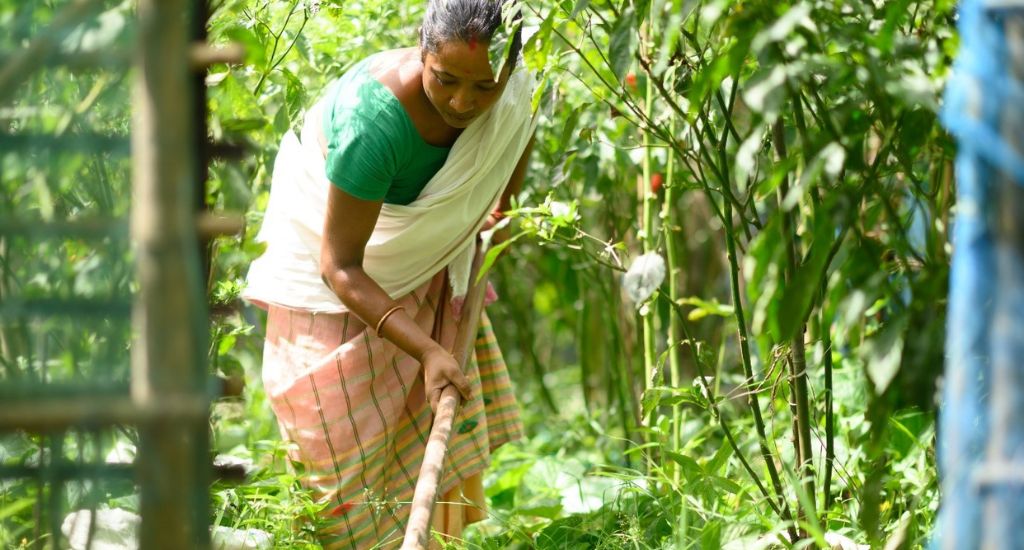
“Now each woman farmer makes Rs 5,000-7,000 every two months by selling the produce,” said Satarupa Bordoloi, who is part of one such collective of women farmers.
Bordoloi added that farming has helped her educate her children. Her son is in college, and she managed to pay all his fees from her farm income.
She is one of the many women farmers in Assam who are actively contributing to their household expenses. Darrang district has seen an increase in women’s participation in agriculture as the migration of men to bigger centres has gone up in recent years. Encouraged by these outcomes, an additional 200 farmers are now preparing to take up rabi cultivation as a second crop.
“We aim to provide women with opportunities and also assist them in accessing land rights and ownership for formal recognition as farmers,” said Jayshree Talkudar, who works as a project manager at FXB India Suraksha, adding that it’s high time action was taken to empower women, break gender stereotypes in agriculture, ensure their land rights through awareness, promote women’s roles and engage stakeholders to facilitate a change for the better.
Also Read: These unschooled Odisha women are running a farm school
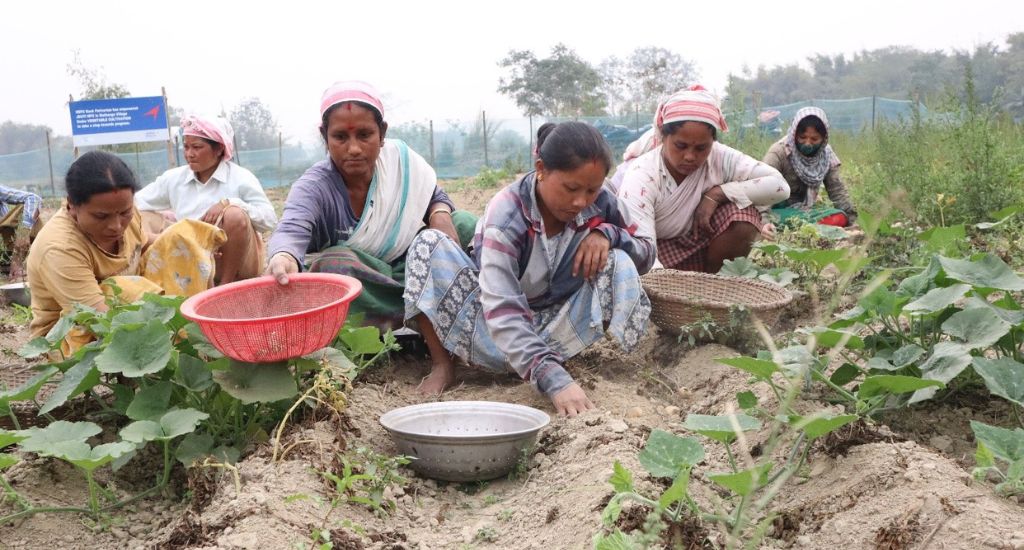
So when words such as “we gave mustard seeds to the women farmers” come from male villagers like Dhanjit Nath, it is a small but sure sign of a change in mindset and recognition of the women as farmers.
The lead image at the top shows a woman working in a paddy field. (Photo by Bikash Raj Borah)
Parthona Phukan is working as the management information systems and documentation coordinator at FXB India Suraksha.